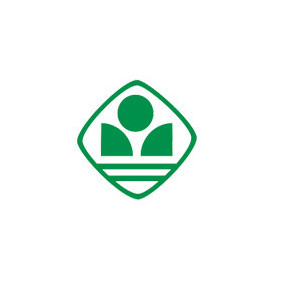Team:Shenzhen SZMS
From 2013hs.igem.org
- a team description
- project description
- safety information (did your team take a safety training course? were you supervised in the lab?)
- team attribution (who did what part of your project?)
- lab notebook
- sponsor information
- other information
Example: 2013hs.igem.org/Team:Shenzhen_SZMS/Our_Pets
| You can write a background of your team here. Give us a background of your team, the members, etc. Or tell us more about something of your choosing. | |
|
Tell us more about your project. Give us background. Use this as the abstract of your project. Be descriptive but concise (1-2 paragraphs) | |
| Team Shenzhen_SZMS |
| Official Team Profile |
|---|
Contents |
Team
Tell us about your team, your school!
Project
Project Discription
Nitrate (NO3-) and nitrite (NO2-) are chemical roots of nitric acid (HNO3) and nitrous acid (HNO2) respectively. They exist in the aquatic environment, the living organisms and artificial products, as pollutants, which can cause food poisoning, cancers or even death. It's important to detect and eliminate such chemicals with the efficient methods. Currently, several detection methods have already been in use but all are not entirely harmless. For example, granular Cd grains are recommended for the NO3- determination for fruits and vegetables because they are easy to make and recover, and can be used repeatedly. However, Cd cannot be recycled easily, and may cause additional pollution. So the goal of our project is to provide an efficient and a more environment friendly method of detecting nitrates/nitrites and we strive to design biosensors to avoid the disadvantages of traditional methods.
Our team is going to develop novel modular biosensors that enable cost-effective and on-site detection of nitrates/nitrites by using an Escherichia coli (E.coli) chassis. And our development toward the nitrates/nitrites sensor is based on the previous work of the UT Dallas 2010 and Cambridge 2009. Their aim was to enable E.coli to report the existence of nitrates/nitrites with green fluorescent protein (GFP), but we found several drawbacks of this biosensor. Firstly, the GFP reporter within the bacteria is not efficient enough to respond to the inducer so only dim green fluorescence can be detected. Also, this biosensor cannot be recycled for repeated usage because it does not have an efficient way to turn off the reporting process after the detection. Thus, our team aims to improve the biosensor.
We selected the PyeaR promoter as the initial part of biosensor, which is used to respond to nitrates and nitrites. In order to make a remarkable expression, we then plan to use a reporter gene, the CrtEBI, that, when synthesized, will lead the E. coli to release a specific pigment, lycopene, as the visible color to determine the existence of nitrates/nitrites. Simultaneously, we will incorporate another reporter, the banana odor enzyme (ATF1) generator, which enables our biosensor to produce an aroma of bananas with the existence of nitrates/nitrites. Therefore, our biosensor containing dual reporters may ensure a high accuracy in the detection of nitrates and nitrites. We also intend to build our biosensor to trigger the release of lipoxygenase to facilitate the degradation of the lycopene, which may enable the repeated usage of this biosensor.
Notebook
Show us how you spent your days.
Results/Conclusions
What did you achieve over the course of your semester?
Safety
What safety precautions did your team take? Did you take a safety training course? Were you supervised at all times in the lab?
Attributions
Who worked on what?
Human Practices
What impact does/will your project have on the public?
Fun!
What was your favorite team snack?? Have a picture of your team mascot?
<forum_subtle />
 "
"

